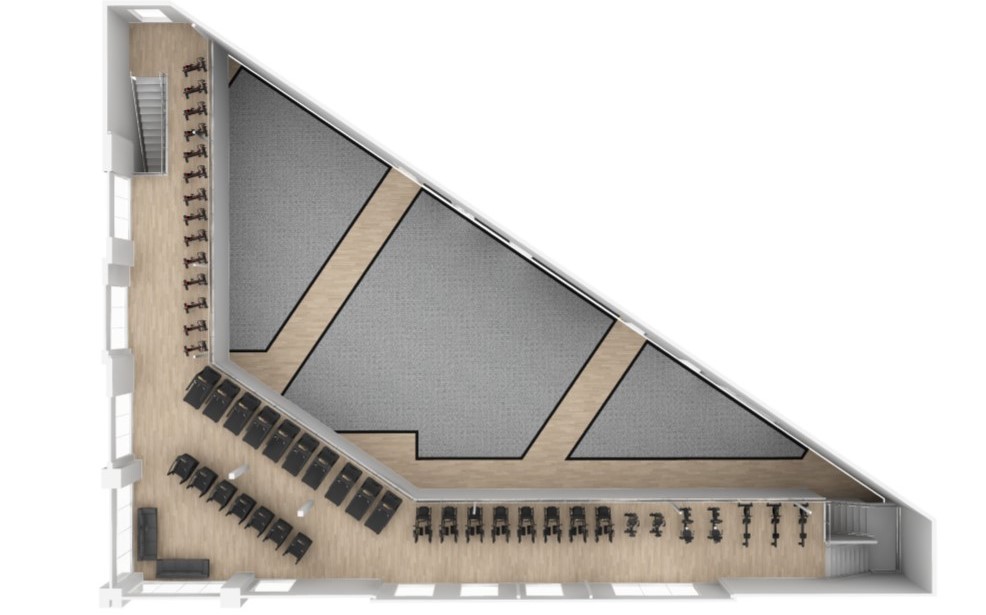
Yeah, I know, we’ve all heard it before: stretching is good for you…
I’m sure you’ve heard time and time again that you need to be stretching after you workout. It helps with muscle recovery and prevents future injuries. But, if you are like most people, you usually don’t implement it into your workout routine.
Perhaps it’s because you don’t know what stretches you should be doing? You don’t have time to do them? Or, maybe you just don’t see the relevance of stretching?
For whichever reason it is, I’ll just briefly explain the basics of stretching and the stretches that can be done and when.
The Basics

Let’s start with the basics. I’ll use the stretching of the hamstring as an example:
When you go to stretch your hamstrings (the muscles on the back of your upper legs), a message is sent to your brain for a response to this action. As a result, this produces what is called the stretch reflex. There are two important mechanisms that play a role in the stretch reflex: the Golgi tendon organ and the muscle spindle.
The muscle spindle gives the initial signal, telling the brain your hamstrings are being stretched. In response to this, your hamstrings contract – which makes it difficult to get that stretch you’re wanting.
Now, as a result, it’s the Golgi tendon organs turn to send a signal. After about 6 seconds, the Golgi tendon organs can override the muscles spindles allowing your hamstring muscles to relax. Once this happens, you are now fully able to stretch your hamstrings.
Now, I’ll discuss the different types of stretches.
Static Stretching
I’ll go back to an example of the hamstring stretch. This is typically done by trying to touch your toes either in a standing or seated position. This type of stretching is known as static stretching. This is the most commonly known and used a form of stretching.
You can do this stretching yourself—known as active stretching. You can also have someone else help you through the stretch—passive stretching.
There are two other forms of stretches: dynamic and pre-contraction stretching. We’ll focus more on dynamic stretching since this is one that you are able to do on your own. Pre-contraction requires someone who has been instructed in the technique of these particular stretches.
Dynamic Stretching

Dynamic stretching is an active, controlled stretch that helps warm up the muscles you are about to use before activity. Examples of these are:
Arm circles
leg swings
walking lunges
arm swings
trunk twists
Because these types of stretches warm your muscles up, they have been recognized as the best kind to do before any activity, since they mimic movements that may be done throughout the activity. They also help warm up the muscles you may be used for the certain activity.
So, which ones do I use?
You may be asking now which ones do I use and how much?
Dynamic stretches are useful prior to activity and should be done until you feel like your muscles are warmed up.
Static stretches can be great either before or after your workout routine. These stretches focus more on the lengthening of your muscles. So, this allows you to go through a fuller range of motion as you continue to relax into the stretch. Static stretching is most effective when you hold it for at least 30 seconds for 3 or 4 reps.
Consider adding stretching to your own personal routine. It can help increase your range of motion and it can prevent injuries.
So, are you still not sure what is best? Come on into Alpine Fitness where we have personal trainers who are ready and willing to help you with any questions you have! They can take you through some different techniques and help narrow down what works best for you and your workout routine!
Alpine Fitness & Physical Therapy
801-216-4299




0 Comments